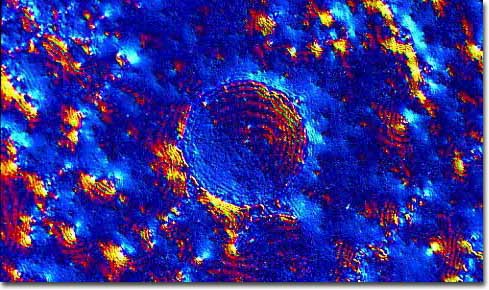|
In addition to the future potential of Buckyball use, research into fullerenes has opened up even greater realms of scientific possibilities due to the discovery of nanotubes. Similar to Buckyballs, nanotubes are comprised of carbon atoms, but instead of a sphere, the atoms are rolled into a cylinder. At each end of these cylinders is half of a fullerene molecule. The discovery of nanotubes, which are potentially extremely useful in the burgeoning field of nanotechnology, was greatly facilitated by basic research into Buckyballs, but nanotubes appear to have much greater immediate practical value than the molecules that led to their detection. Strong and efficient at conducting heat, a tremendous amount of work is currently in progress that may bring nanotube-based technologies to the market very soon. In 2001, for instance, IBM announced that the company had successfully concocted a method for using nanotubes to automatically create pure semiconductor surfaces, and similar developments that will integrate the molecules into computers and electronic devices may not be far off.
|
